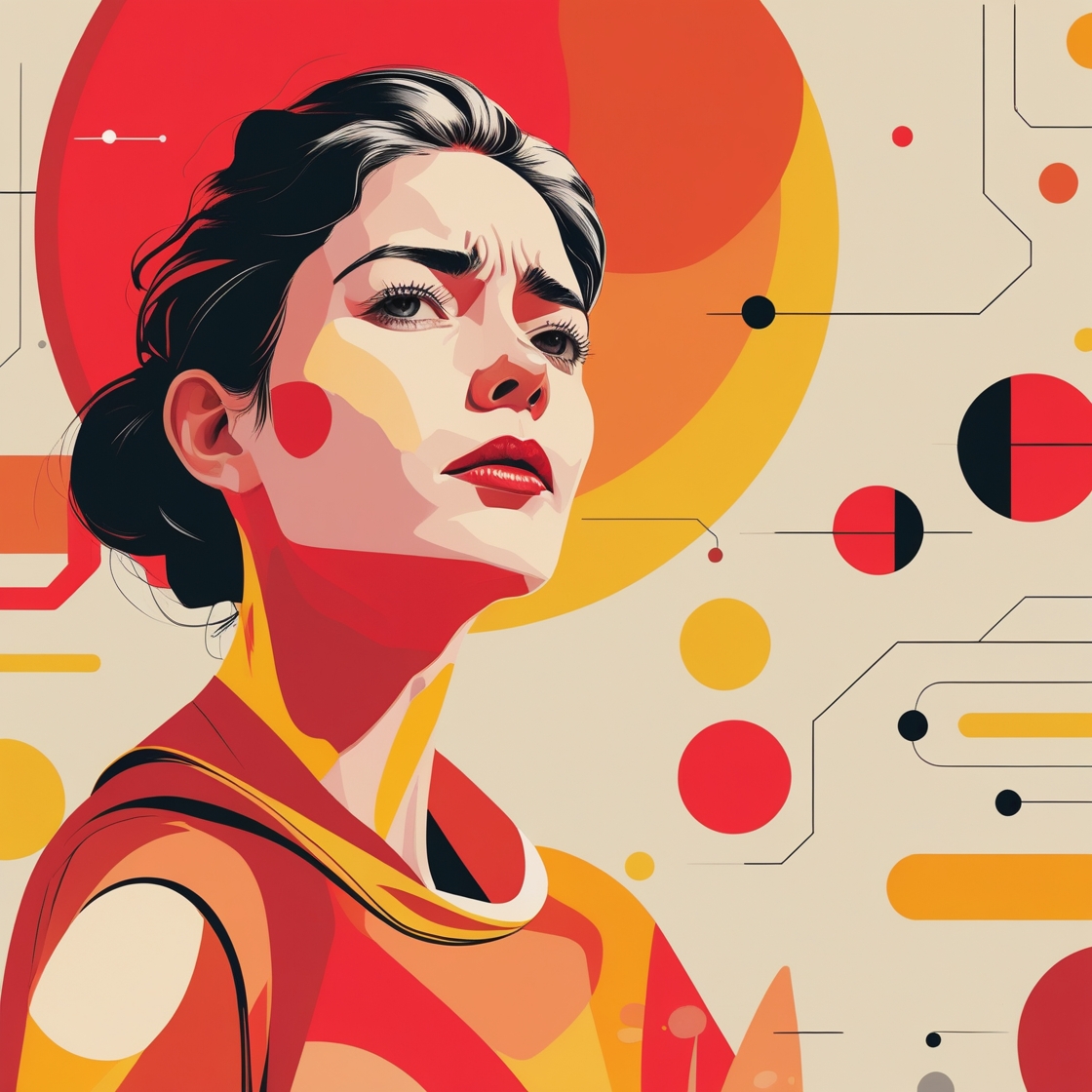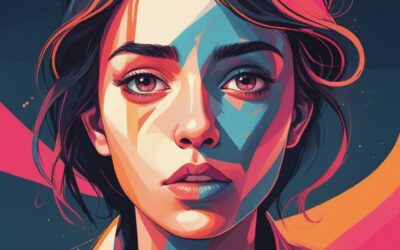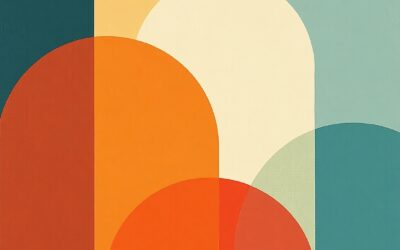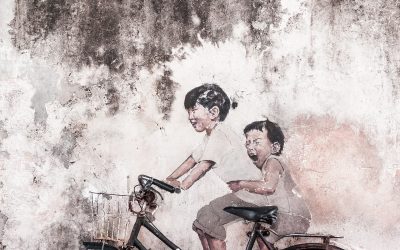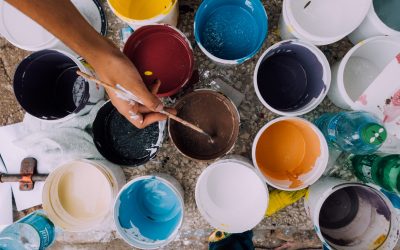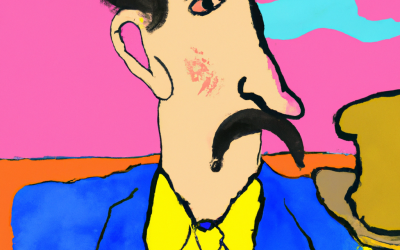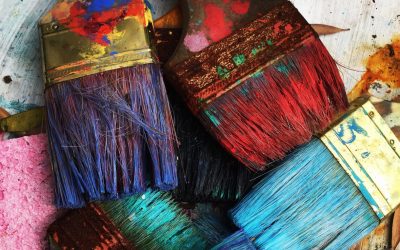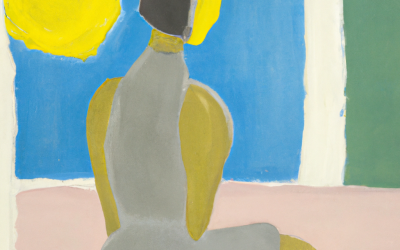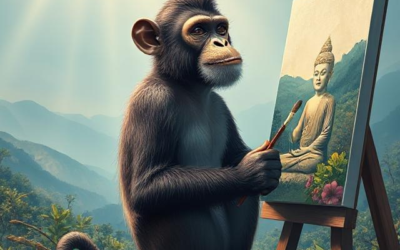Why Discomfort Might Be the Best Studio Assistant You’ve Ever Had
There’s a dirty little secret about making good art: it’s uncomfortable. Sometimes wildly, teeth-clenchingly uncomfortable. No matter how many expensive sketchbooks you hoard or how many motivational quotes you slap on your studio wall, you cannot escape it — discomfort is part of the deal.
Actually, scratch that — it is the deal.
If you want to make anything that feels alive, personal, or even remotely interesting, you’re going to have to start embracing discomfort for creativity like it’s your unpaid, slightly chaotic intern. You know, the one who shows up late but occasionally says something brilliant.
Discomfort: The Unlikely Catalyst for Growth
When we think about discomfort, most of us imagine awkward networking events, public speaking, or possibly that time we tried to paint a horse and ended up with what looked suspiciously like a melted dog. (No judgment.)
But getting comfortable with discomfort is actually where all the magic happens.
If you’re cozy and safe and 100% confident about what you’re doing? You’re probably not growing. You’re probably doodling inside the lines you drew ten years ago.
Real growth — the kind that stretches your artistic muscles and makes your work feel alive — lives in the place where things are a little wobbly. A little uncertain. A little “what even is this thing I’m making and why do I feel personally attacked by it.”
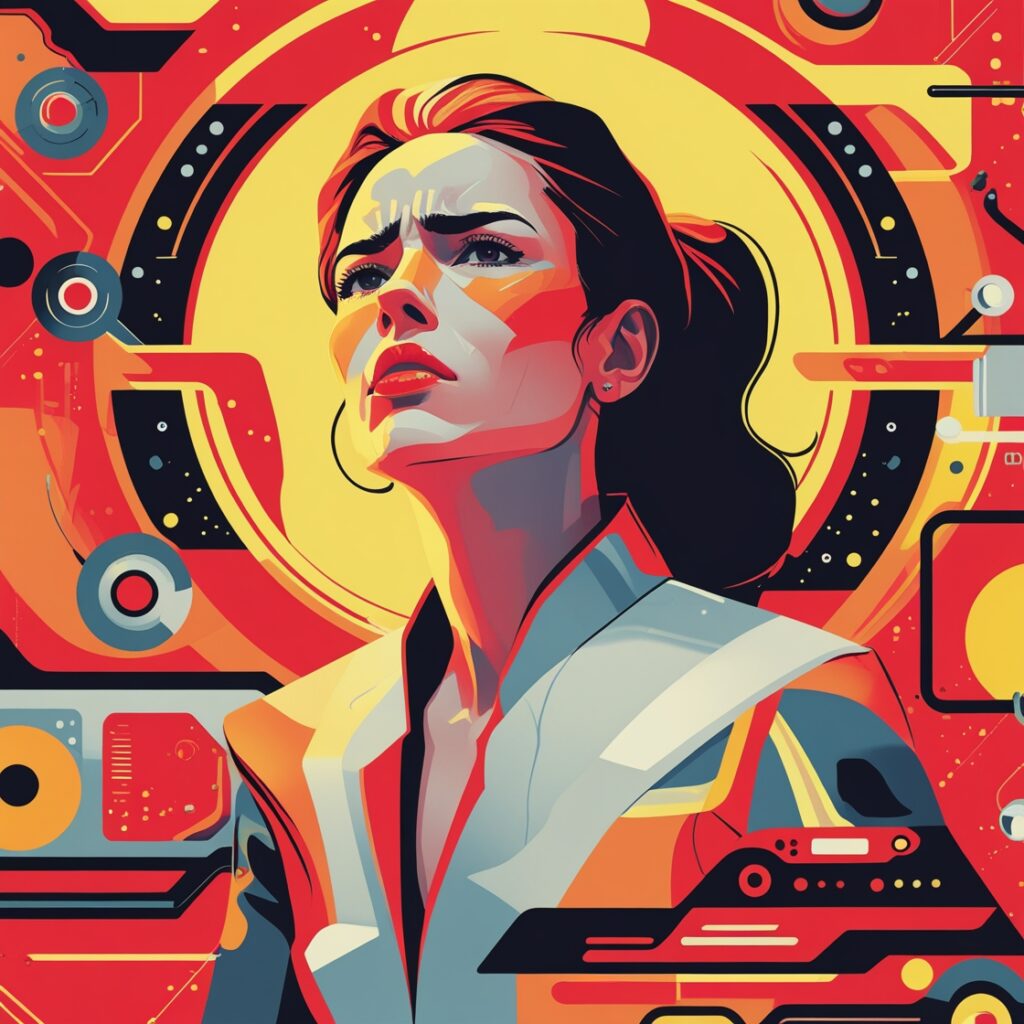
Creativity and Discomfort: A Surprisingly Stable Relationship
You know those relationships where one person always pushes the other to be better — not in a toxic way, but in a “you’re capable of more than you think” kind of way?
That’s what creativity and discomfort have going on.
Discomfort challenges your brain to find new pathways. It asks new questions. It forces you out of automatic pilot mode.
(And, if you’re anything like most artists, it also forces you to invent seventeen new ways to procrastinate before finally picking up the brush. Progress is progress.)
Instead of treating discomfort like the enemy, what if you thought of it as your rough-around-the-edges creative partner?
It’s not there to ruin your work. It’s there to push you into making the work you secretly know you’re capable of.
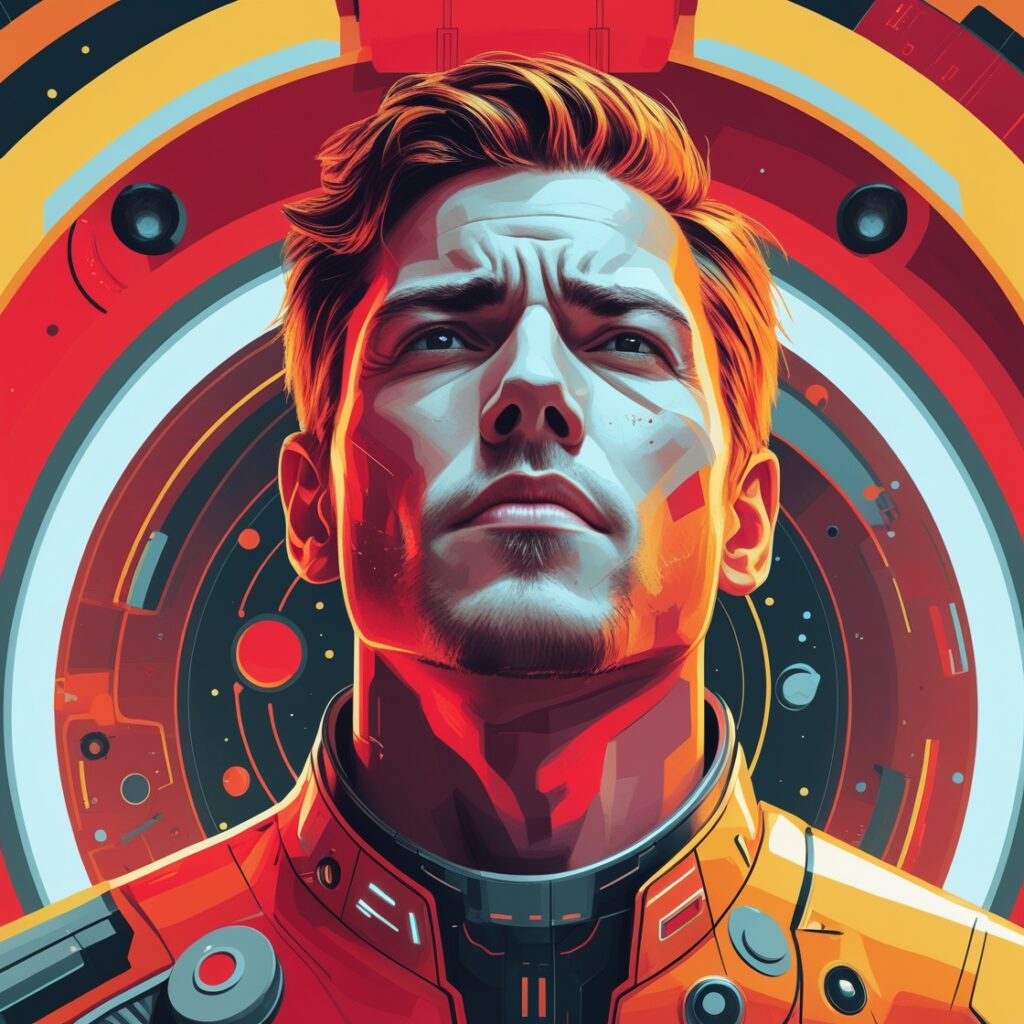
Growth Mindset for Artists: It’s About Getting Messy
It’s tempting to think that if we just got “good enough” at our art form, we wouldn’t have to deal with discomfort anymore.
Spoiler alert: even world-famous artists feel uncomfortable when they make stuff.
(Probably more often, because everyone’s watching.)
Adopting a growth mindset for artists means getting cozy with the idea that discomfort is not a sign of failure — it’s a sign of stretching.
It’s your system upgrading itself, one awkward, imperfect piece at a time.
The sooner you can lean into the mess — the doubt, the frustration, the “oh no this looks terrible” moments — the sooner you’ll find your real creative voice underneath it all.

Artistic Growth Through Discomfort: The Weird Bliss on the Other Side
The beautiful (and annoying) thing is, once you pass through the worst of the discomfort, something else shows up.
It’s not instant confidence. (Sorry.)
It’s something better: trust.
Trust that you can survive the weird, uncomfortable middle parts.
Trust that your creative instincts are stronger than your fear.
Trust that you can make something that feels a little risky, a little raw — and that you’ll still be okay.
Artistic growth through discomfort isn’t a one-time thing. It’s a practice. A willingness to keep showing up at the page, the canvas, the screen, even when you’re feeling like a very small, very confused turtle.
(And honestly? Small confused turtles are braver than they look.)
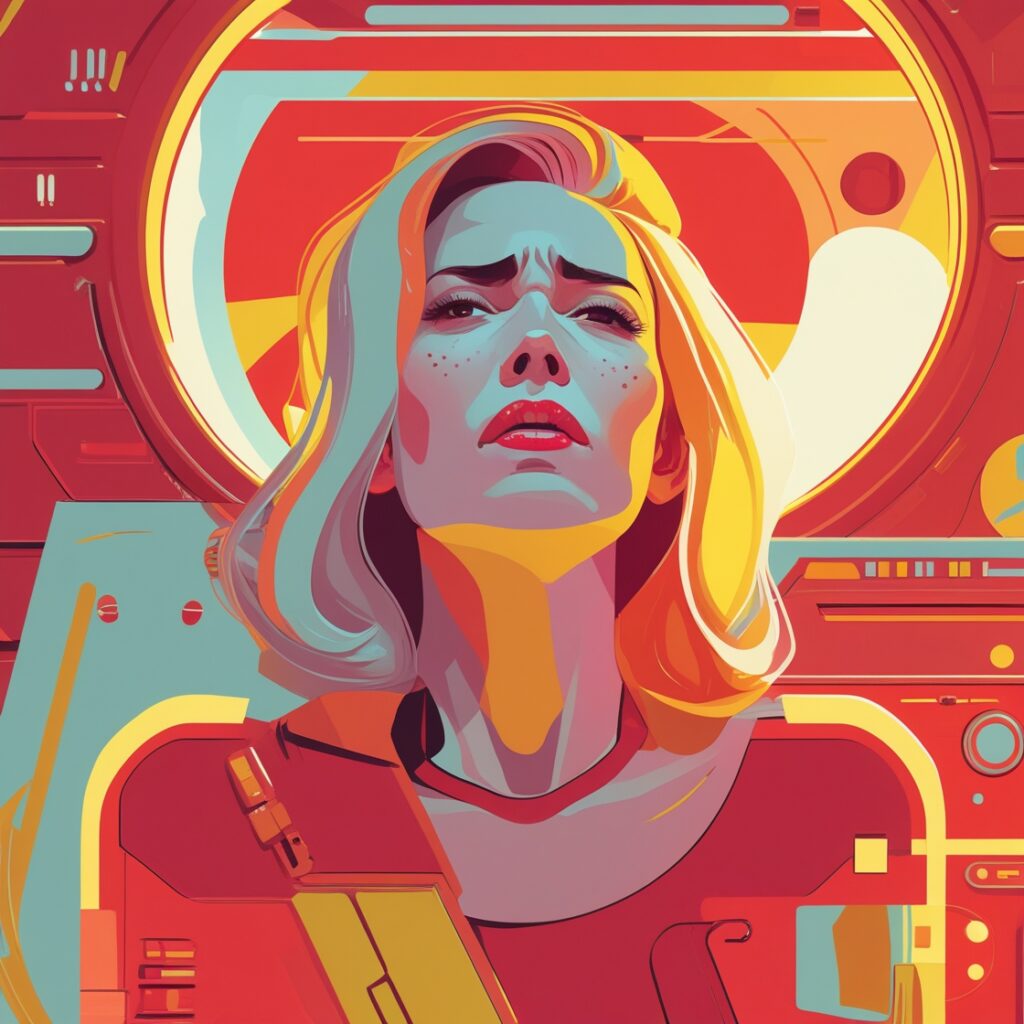
So…What Now?
Next time discomfort shows up in your studio like an uninvited guest, maybe don’t slam the door.
Invite it in. Offer it some metaphorical tea. See what it has to say.
Your best work might be hiding just behind the feeling you’re trying to avoid.
And you’re brave enough to find it.

